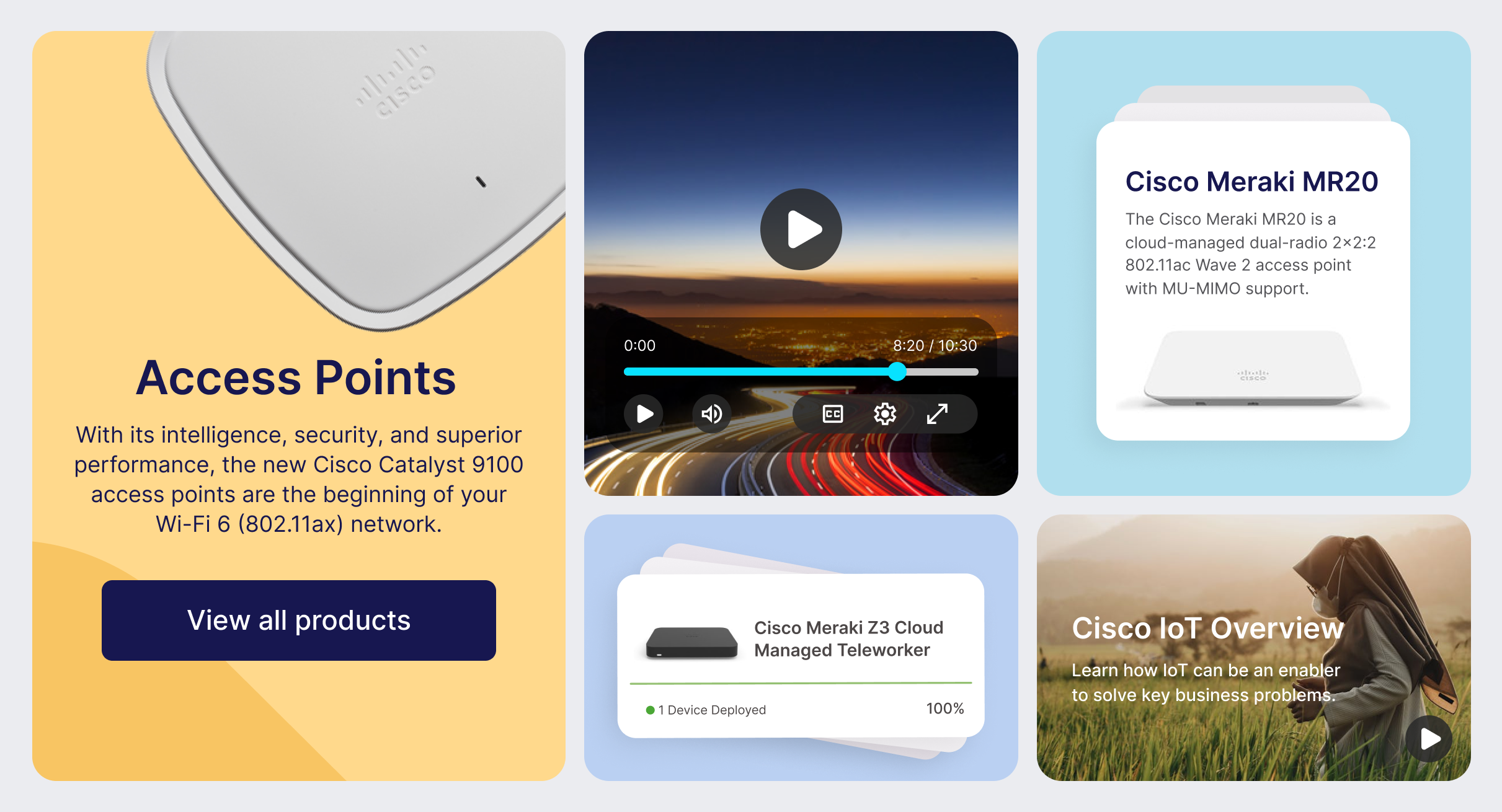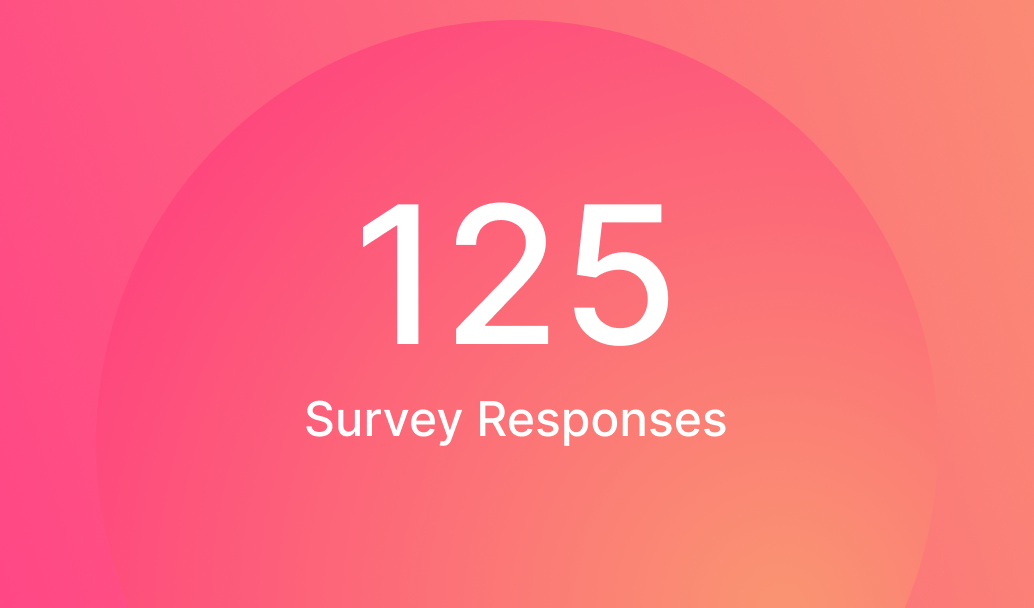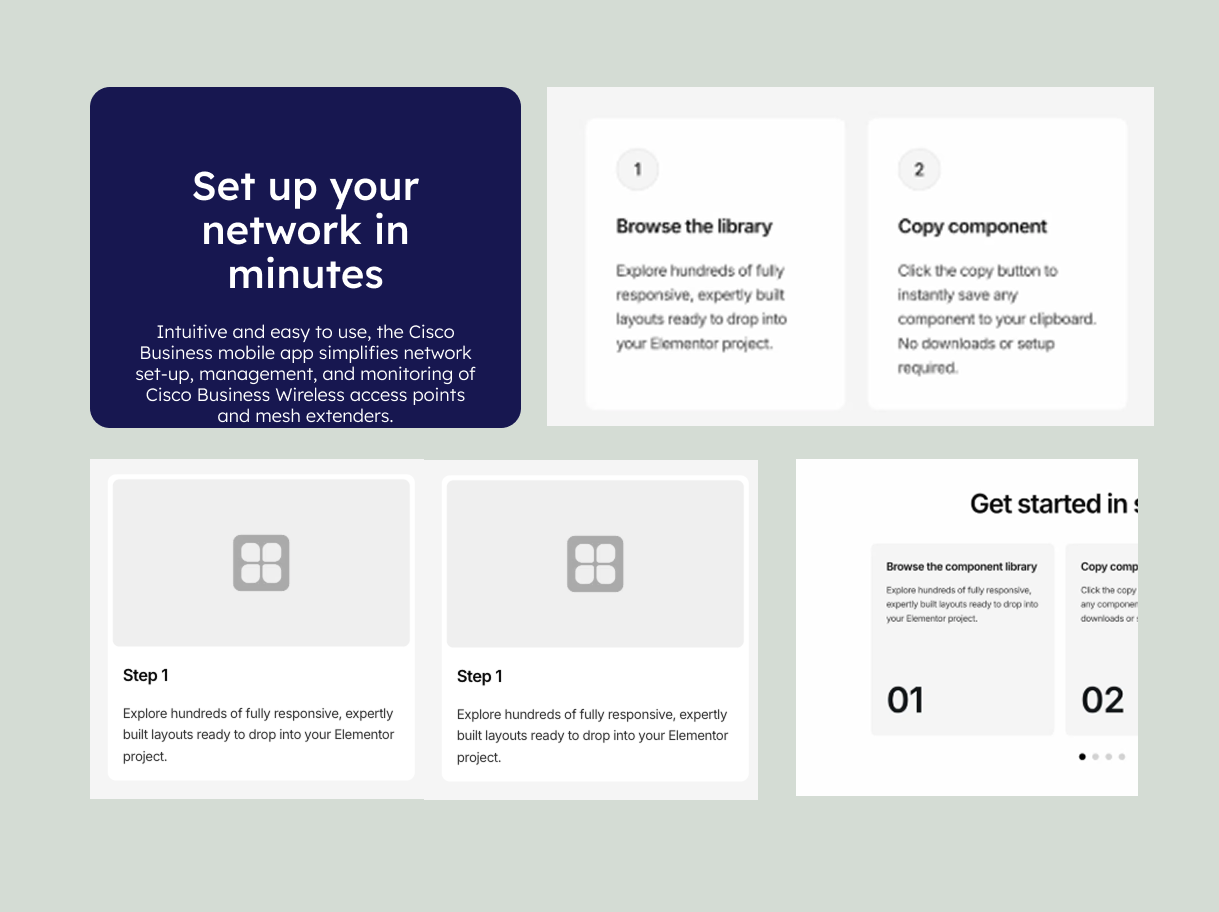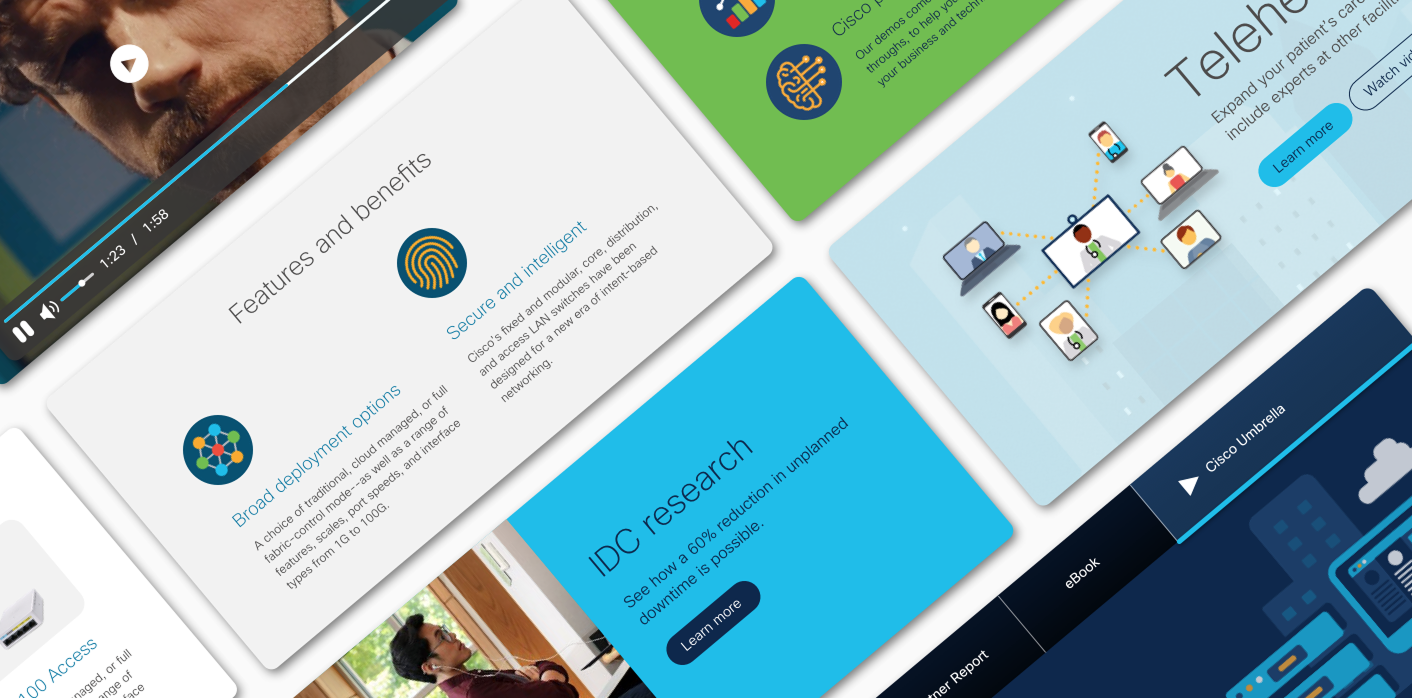Cisco Design System
Role: UX/UI Designer & Researcher | Date : Summer & Winter 2016 | Client: Design Lab
Role: UX/UI Designer & Researcher | Date : Summer & Winter 2016 | Client: Design Lab


Cisco Pub Hub is a dynamic website powered by Adobe Experience Manager (AEM) components, designed to empower publishers in creating and managing content seamlessly on Cisco.com. The platform delivers innovative digital experiences while maintaining strict brand standards, with a focus on creating lightweight, fast, mobile-responsive, and SEO-optimized pages.
Primary designer responsible for the launch and ongoing maintenance of the Pub Hub platform
Collaborated with the design team to develop concepts and create reusable components
Gathered feedback from stakeholders to identify needs and priorities across the organization
Ensured seamless transition to development with comprehensive documentation and specifications







Anchor Marquee
An introductory hero component featuring breadcrumb navigation, title, description, and up to two CTAs with an optional video lightbox. Offers flexible text alignment (left/center) and positioning (top/middle) with customizable backgrounds.

Solution Showcase - Dedicated blade for featuring 2-6 category-related solutions with optional "See all" CTA and linked related targets. Includes specific background treatments and required labeling conventions.

Solution Showcase - Dedicated blade for featuring 2-6 category-related solutions with optional "See all" CTA and linked related targets. Includes specific background treatments and required labeling conventions.
Prescriptive Architecture
Developed a standardized, tested layout system for category-level pages that reduces customization while improving user readability, engagement, and conversion. The architecture prioritizes:
Standardization drives adoption: Clear guidelines and limited variations help users create better content faster
Data-informed design: Analytics helped prioritize component features and placement strategies
Scalability requires constraints: Smart limitations empower users without sacrificing brand integrity
Documentation is design: Comprehensive usage guides are as important as the components themselves
